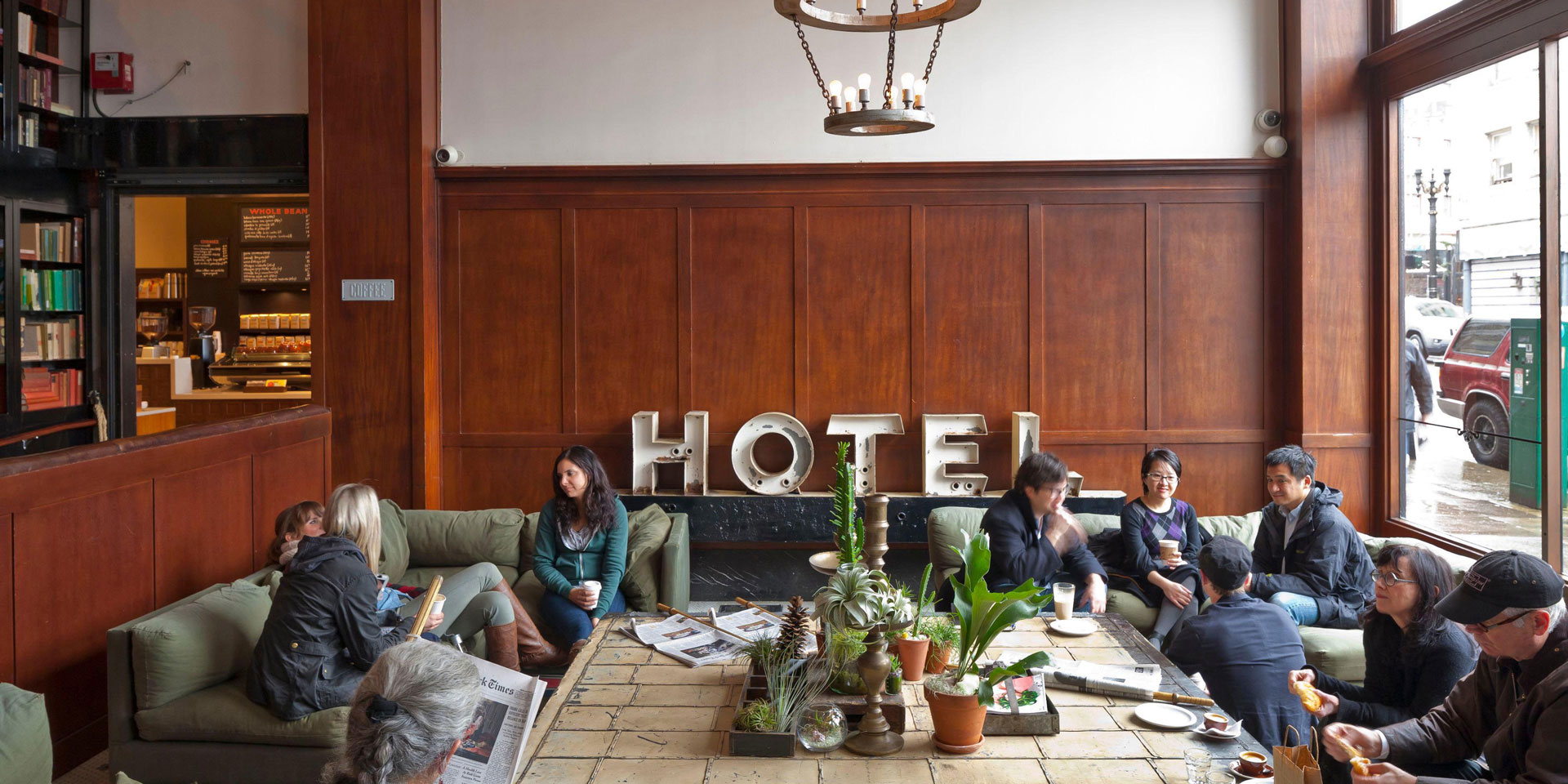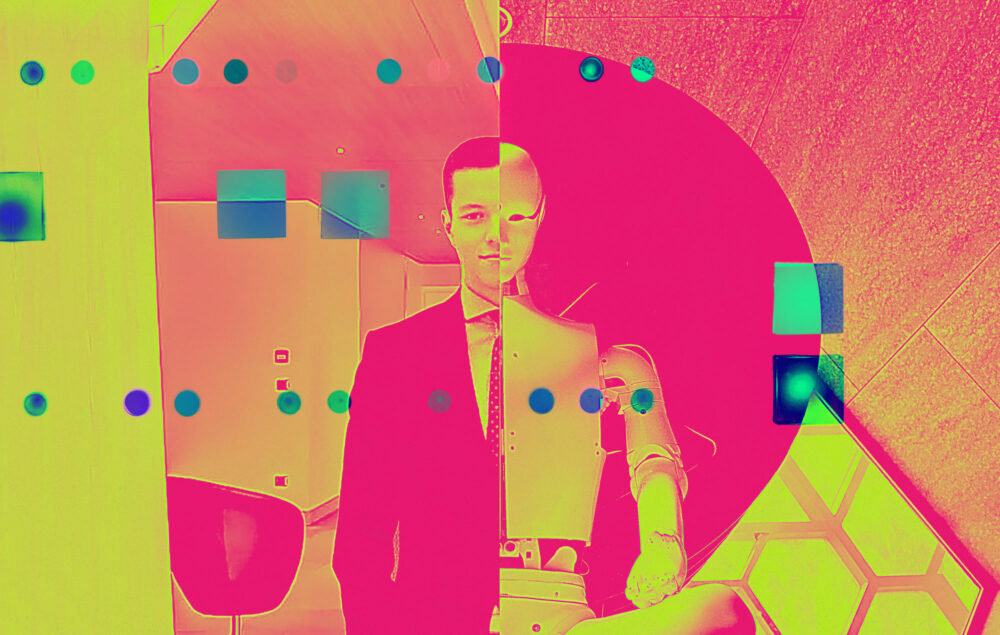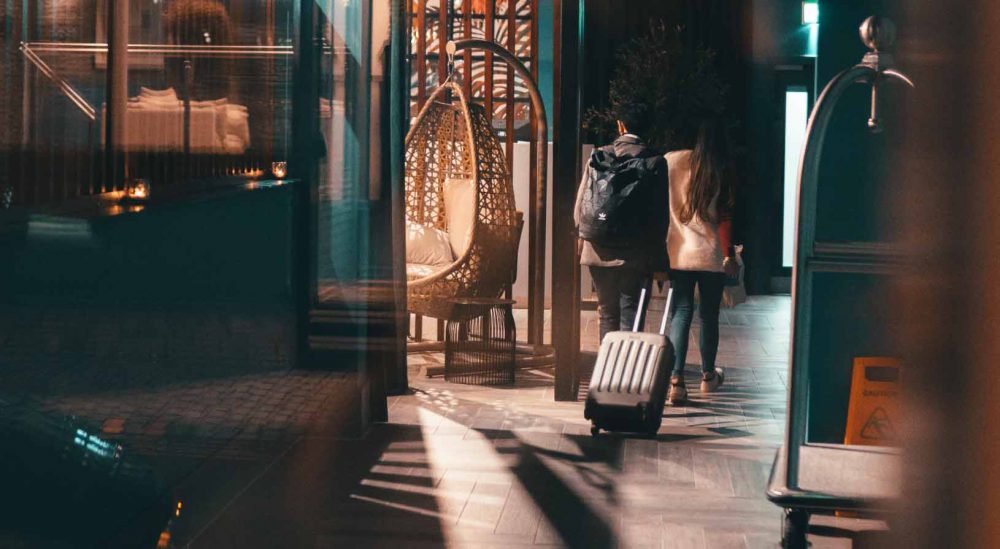The Case for Creating a Sense of Place in Hotel Lobbies
January 7, 2022
Jeremy Wells
Introduction
As soft-brand, lifestyle hotels continue to boom around the world, the true boutique and independent properties require even more thoughtful innovation and study of consumer behaviors. This new breed of truly independent hoteliers is putting a lot of thought, money, and energy into the design of their lobby, restaurants, and public spaces. It’s this careful attention to detail and creating a sense of place, which can be enjoyed by both guests and locals alike.
Why is there such a focus on the hotel lobby? There are many reasons. Well-designed hotel lobbies highlight the history and culture of their neighborhoods, make your guests feel warm and welcome, and encourage people to spend more time in the hotel. These well-designed lobbies are what makes boutique hotels so popular and memorable.
Ultimately, the hotel lobby is crucial to setting your ADR – not just the room.
The following are some tips to help you understand why it’s so important to have a well-designed lobby space, which ultimately raises your hotel price point.
History of Hotel Lobby
Depending on who you talk to, some in the hotel industry believe that the hotel lobby will cease to exist, while others believe it will thrive and grow in importance even more. This is no surprise to me if you look at the history of hotel lobbies up to this point.
Through the years, the importance and focus on the lobby have varied. For instance, during the late 18th and 19th century in London, when railways grew and passenger numbers soared, hotels became increasingly popular as sophisticated establishments for travelers of high rank.
During this period the hotel lobby served as a public gathering space for the gentry, who differed from other classes in that they could afford to be seen in public and on occasion at select locations, within a safe area. Hoteliers worked hard to maintain elite clientele, and to make their venues welcoming to a select group of patrons.
However, this all changed in the mid-twentieth century. Responding to a growing demand for cost efficiency and the rapid pace of growth in tourism and business travel, hotels increasingly prioritized waiting areas over ornate social spaces.
The Living Room
For boutique hotels, the hotel lobby has become the living room of the neighborhood. Modern hotels are often vibrant social hubs. Lobby spaces have evolved into communal venues where a range of different patrons can interact in a comfortable setting.
The large lobbies, once vast, sterile spaces, have now become a place to sit, work, relax, unwind, and simply hang out for a while. Brands such as Ace Hotel and Graduate blur the lines between public and private spaces. These areas are now warm, purposeful, and inviting. Hotel lobbies aren’t just for guests anymore, but for locals.
Full Experience
The experience must go beyond just sleeping in a room. Creating a sense of place and meaning for guests and locals must be within the vision of modern hoteliers. We don’t live our lives in our bedrooms while at home, so the guest experience within a hotel must exist far beyond the threshold of the guestroom.
Andrew Benioff put it well in a recent insight article we published, when he said, “For Indie Hotels, the lobby is the heart of the property and should really be the focus of the owner to create a welcoming space that guests want to spend time in. Many hotels think that their lobbies are welcoming and well designed but often guests don’t spend time there. The point of owning and running an Indie property is to connect with your guests and the greater community around you. If non-guests from around the community are not taking advantage of your public spaces then you haven’t done your job. The lobby is all about amazing and inspirational design and a true feeling of hospitality.”
Creating Sense of Place
A hotel’s lobby should enhance the ambiance of a city and a neighborhood, and make visitors want to linger in the space. Here are a few key elements that help create a sense of place within your hotel lobby, and common areas.
Flexible Workspace. Many people might think of workspaces in hotels as a new business initiative, but travelers are becoming increasingly interested in taking advantage of a hotel’s workspace areas. Hotels are a growing source of flexible workspaces, as more work-from-home employees search for more affordable spaces in which to work. Some studies even suggest that having a diverse group in a space can result in greater creativity and innovation.
Many hotel lobbies are even beginning to look more like co-working spaces. In an interview with Travel Weekly, Ennismore’s Sharan Pasricha said, “Travelers are looking for hotels that fit their workstyles and offer more than just a bed for the night. It’s not just about WiFi — that’s a given. It’s about having a comfortable place to plugin, a great atmosphere where you can relax and really feel at home, plenty of coffee plus cocktails for when it all gets a little much. More and more, people are working on the go, around the clock, and I can’t see that changing anytime soon.”
Local Art Gallery. Hotel art has evolved into something more than paintings on the walls of public spaces. Some hoteliers are incorporating original artworks into interior design, adding a deeper, more meaningful guest experience. If you incorporate art as an experience and add a cultural component to the art displays, your guests will have a much more meaningful and memorable experience.
Food & Beverage. During an interview on our podcast, Future Hospitality, Anthony Langan of Charlestowne Hotels said this, “food and beverage can be your best ally in the hotel business.”
A hotel experience goes beyond the look and sound of the property. It’s about capturing the personality of a destination through its sense of place. Many travelers feel most connected to their destination through the food and beverage they enjoy while there. Hotels have a great opportunity for connection by creating an experience that encompasses both the local tastes and cultural influences.
Retail Spaces. Hotel gift shops were originally built as a necessity. They were never meant to be exciting, just a place to pick up things guests had forgotten.
Independent hotels are using locally made goods to create curated retail experiences that integrate with the hotel lobby. Some brands like Makeready and The Hoxton are leading the way, with plenty of other independent hotels testing this concept. Gift shops are unlikely to be the reason guests choose a hotel—but may certainly influence their decision to return.
Design with Nature. Biophilic design—a design language that is rooted in natural elements such as plants, water, and animals—has the power to impact guests’ experience of a hotel. Biophilic design speaks to the awareness we have of ecological issues, social responsibility, and a desire to engage in sustainable living.
Scent Strategy. The lobby is an effective place to tap into the sense of smell because it is closely linked to both emotions and memory. Thus, a pleasant scent in the lobby can help to evoke positive feelings toward the hotel and lead people through the rooms more quickly.
Conclusion
Above all, it’s about the moment — that quick second of intrigue when you take your first step into a hotel. It can be a positive or negative experience, but either way, it’s the emotional start of your hotel experience.
So take some time when designing your hotel lobbies. Think about how you want to make your guests feel and what you want them to remember most. There’s a difference between an emotional connection with a guest, and just a good first impression. Take risks and listen to what others are saying about their experiences. The memories you establish in those few seconds will set the tone for the personality and vibe of your hotel and its surroundings.
As long as there is authenticity ingrained in each design decision you make, lobbies can be whatever you want them to be — the choices are endless. So try something unique, interesting, and different. When it comes to creating those unforgettable moments with your guests, you can’t “paint by numbers”. It’s important to create what your guests want and need, and make it authentic to your hotel – and yours alone.
Jeremy Wells
Partner at Longitude°
Jeremy is the author of Future Hospitality and Brand Strategist at Longitude°. As a member of the Education Committee for The Boutique & Lifestyle Leaders Association (BLLA) and a content contributor to Cornell University’s Hospitality Vision and Concept Design graduate program, he is a committed thought leader in hotel branding, concepting, and experience strategy.






